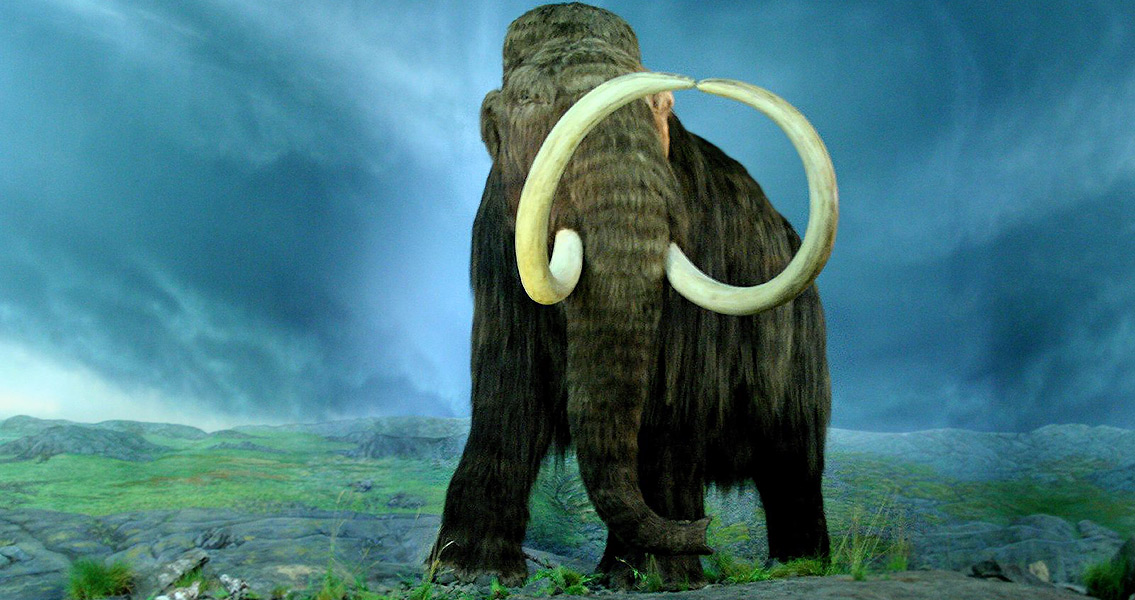<![CDATA[A newly completed genetic study of woolly mammoth remains has revealed many of the secrets of how the species as a whole withstood the extreme weather conditions present during its reign on Earth. An international team of researchers made comparisons to a pair of mammoths originating from different regions and of different ages in order to analyze the types of genetic changes that occurred between 60,000 and 18,500 years in the past. Additionally, the scientists also compared these ancient mammoth genomes to those of their modern elephant cousins from Asia and Africa in order to gain a more complete picture of the evolution of the species. According to Vincent Lynch, the lead author of the study and a geneticist from the University of Chicago, mammoth species had evolutionary adaptations across many biological functions - including how their hair and skin developed, the biology of their body fat and the way insulin was processed, and tolerance for extreme temperatures - that varied distinctly from modern elephants. Such adaptations were logical in mammoths due to living in frigid habitats, Lynch added, remarking that many of the other adaptations, such as insulin signaling, played a crucial role in the biology of insulation through fat storage, as insulin regulates the amount of blood sugar that is metabolized into fat and energy. The research team was able to also isolate a particular gene referred to as TRPV3 and synthesize it in their experiments. Transplantation of the gene into human cells triggered the production of temperature-resistant protein that differs from the kind found in elephants. This led the team to draw conclusions that the mammoth version of TRPV3 played a role in keeping the ancient elephantine mammals from feeling the cold. Scientists believe that the last woolly mammoth likely roamed the Earth around 4,000 years in the past. The cause behind the extinction of the species is a mystery, but two possible culprits include climate changes that let to conditions the animals weren’t adapted to or over-hunting by early humans, though the latter is hotly debated and not widely considered to be the true reason behind the disappearance of the species. Thanks to the work of the research team, they say that they’re closer than ever to being able to actually resurrect the species through a complex cloning process. Ironically, the scientists behind the original study had no intention of discovering a route for bringing back the woolly mammoth from the dead. Eventually, the ability of science to clone a mammoth will probably culminate with it happening, Lynch said in an interview with Reuters. However, the scientist cautioned against such an action, remarking that he thought it wasn’t something that should be undertaken. “Modern humans are not responsible for the extinction of mammoths,” the geneticist said, “so we owe no debt to nature." For more information: www.cell.com Image courtesy of Wikimedia Commons user: Tracy ]]>
Woolly Mammoth Genome Study Reveals Secrets
